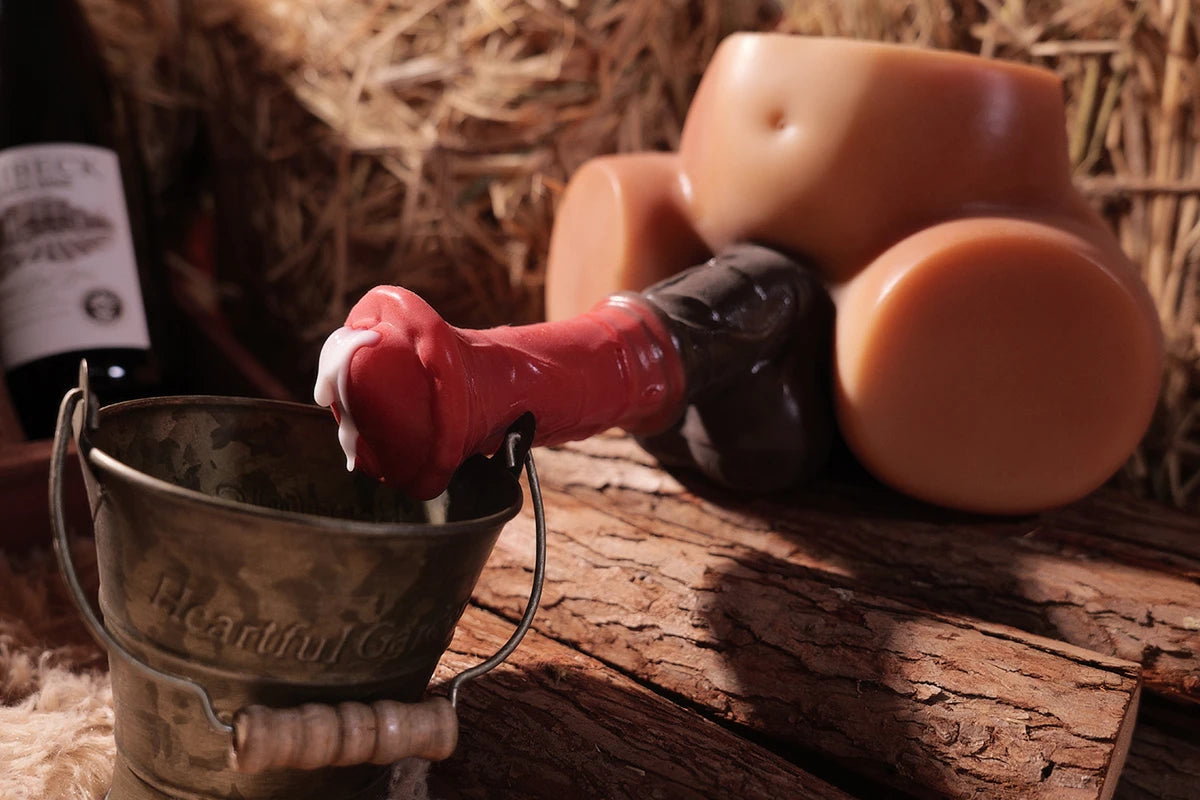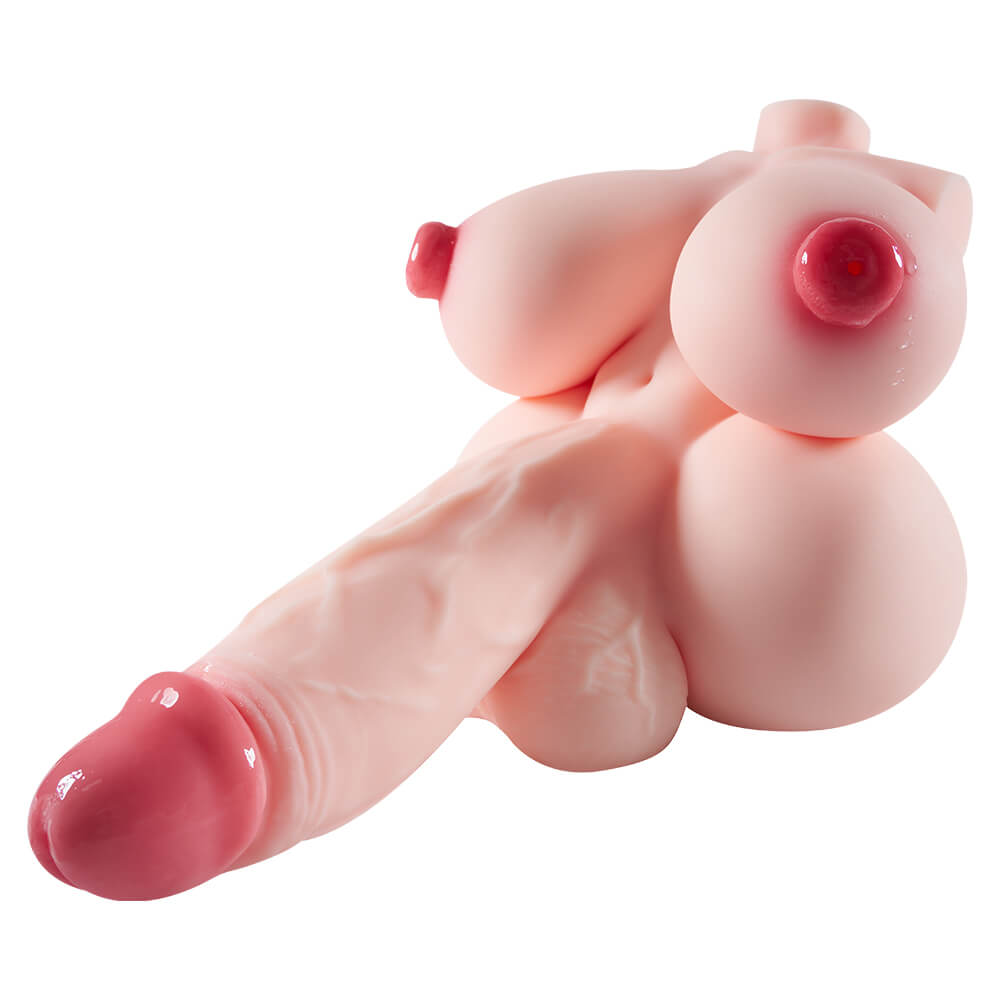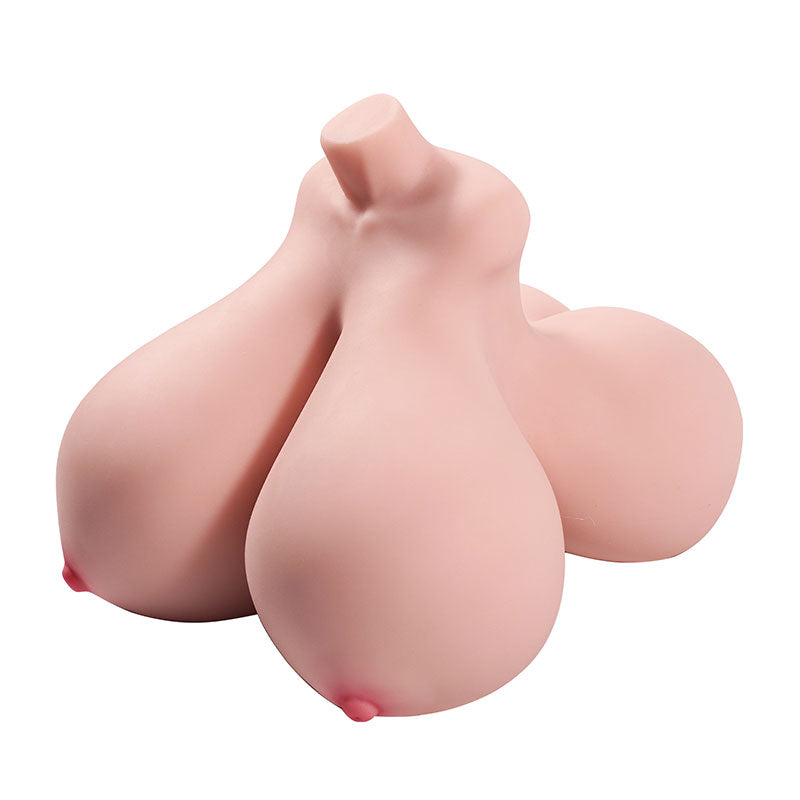Did the First Written Account of Sex Dolls Ever Come True?
The history and usage of sex dolls is far broader than what has been documented and shared. Love dolls and artificial companions have existed for thousands of years, dating back to the myth of Galatea and possibly even earlier with fertility statues. However, accounts are limited because, in certain cultures, such dolls were criminalized in ways they are not today.
One of the earliest academic discussions of sex dolls as we recognize them today can be found in Iwan Bloch’s 1908 book, The Sexual Life of Our Time. Bloch, a psychologist instrumental in developing the field of sexology, explored various topics, but his insights on love dolls revealed a fascinating glimpse into what seemed like a lost, highly sexualized technology.
But were his descriptions accurate for his time? Or have they instead become a prophetic vision of the advanced society we live in today?
Sexual Lives Beyond Time
The Sexual Life of Our Time in its Relations to Modern Civilization was one of the first encyclopedic works addressing sexual matters. Although deemed obscene when it was translated into English from German in 1906, it became one of the earliest candid accounts of sexuality.
The book is extensive, covering hundreds of topics, with the section on sex dolls consisting of just 200 words in nearly 800 pages. It sits between discussions of “Pygmalionism,” where sex workers pose as statues coming to life, and exhibitionism.
This brief account is intriguing, as it mentions sexual “Vaucansons” (an outdated term for surprisingly realistic automata named after their inventor) made from rubber and “other plastic materials” available from certain Parisian rubber shops. It describes advanced features for that era, such as self-lubricating genitals, artificial penises that can ejaculate, and refers to them as “artificial humans,” suggesting a level of realism that exceeded expectations for the late 19th century.
This stirred interest in the notion of a hidden history of “fornicatory dolls” that boasted technology decades, if not a century, ahead of contemporary understandings of love dolls.
Unfortunately, more recent investigations into sex dolls, particularly by Bo Ruberg, imply that Bloch may have been misled by the myths surrounding Parisian sex dolls of his time.
Of the two sources he references, one is a 1904 collection of short stories by René Schwaeblé, and the other is an erotic novel written under a pseudonym by Alphone Momas. Coupled with the exaggerated advertising typical of the 19th century, this suggests that much of what he claimed was likely untrue.
However, nearly a century later, many features he described—like lifelike dolls made from materials such as silicone and vinyl with functioning organs—have indeed come to fruition, albeit in a society where they are more openly accepted than in Bloch’s era.



















